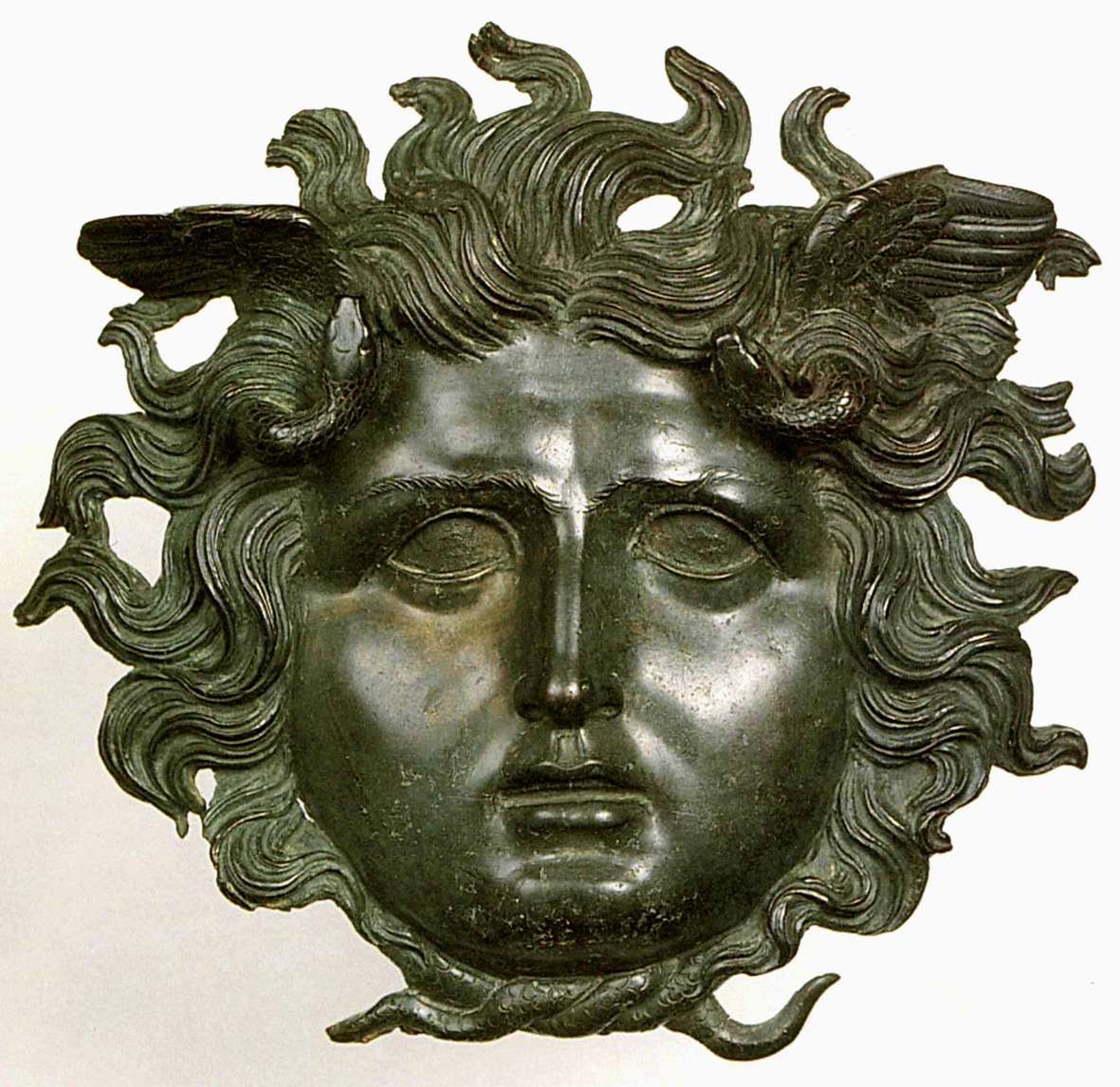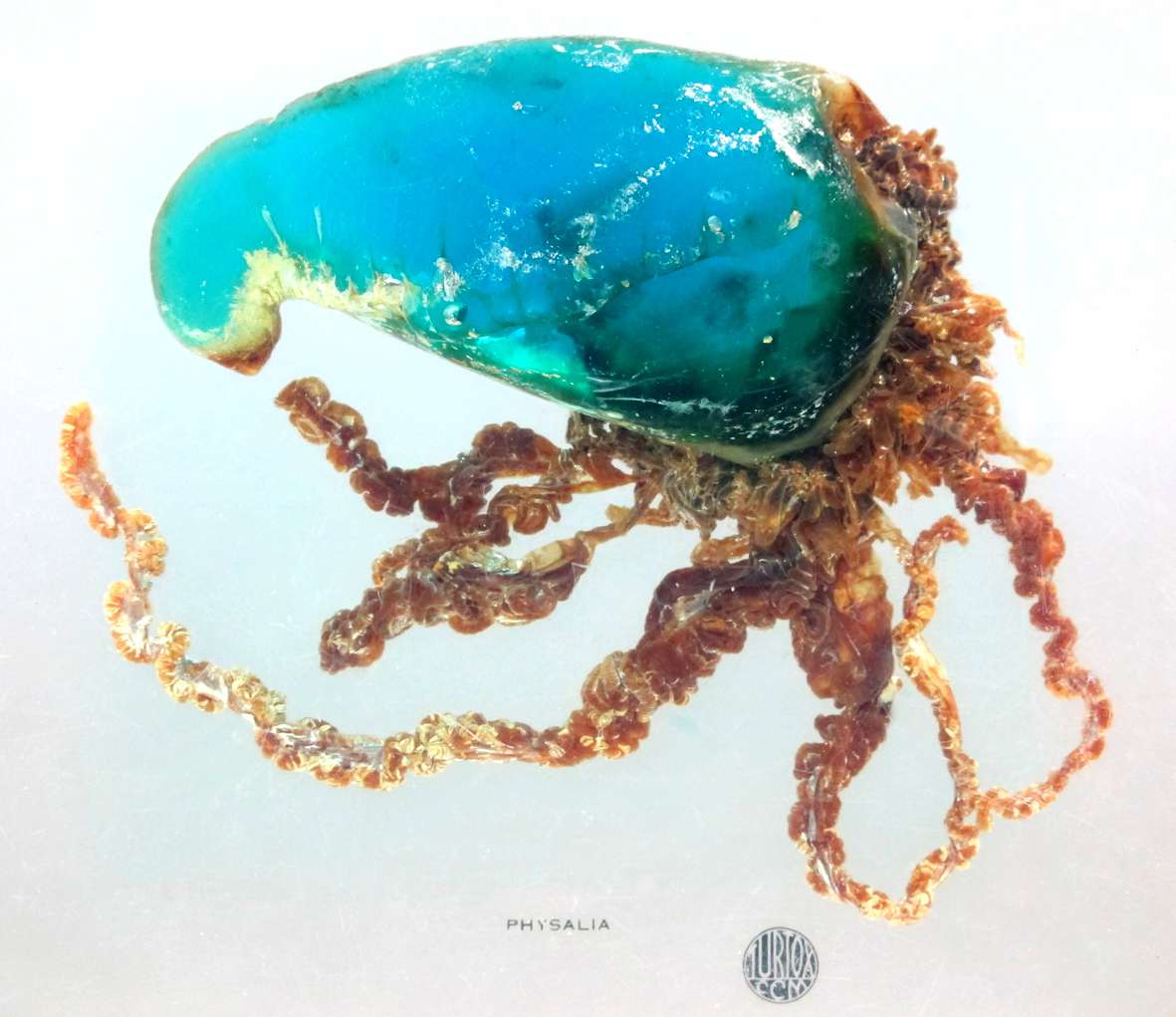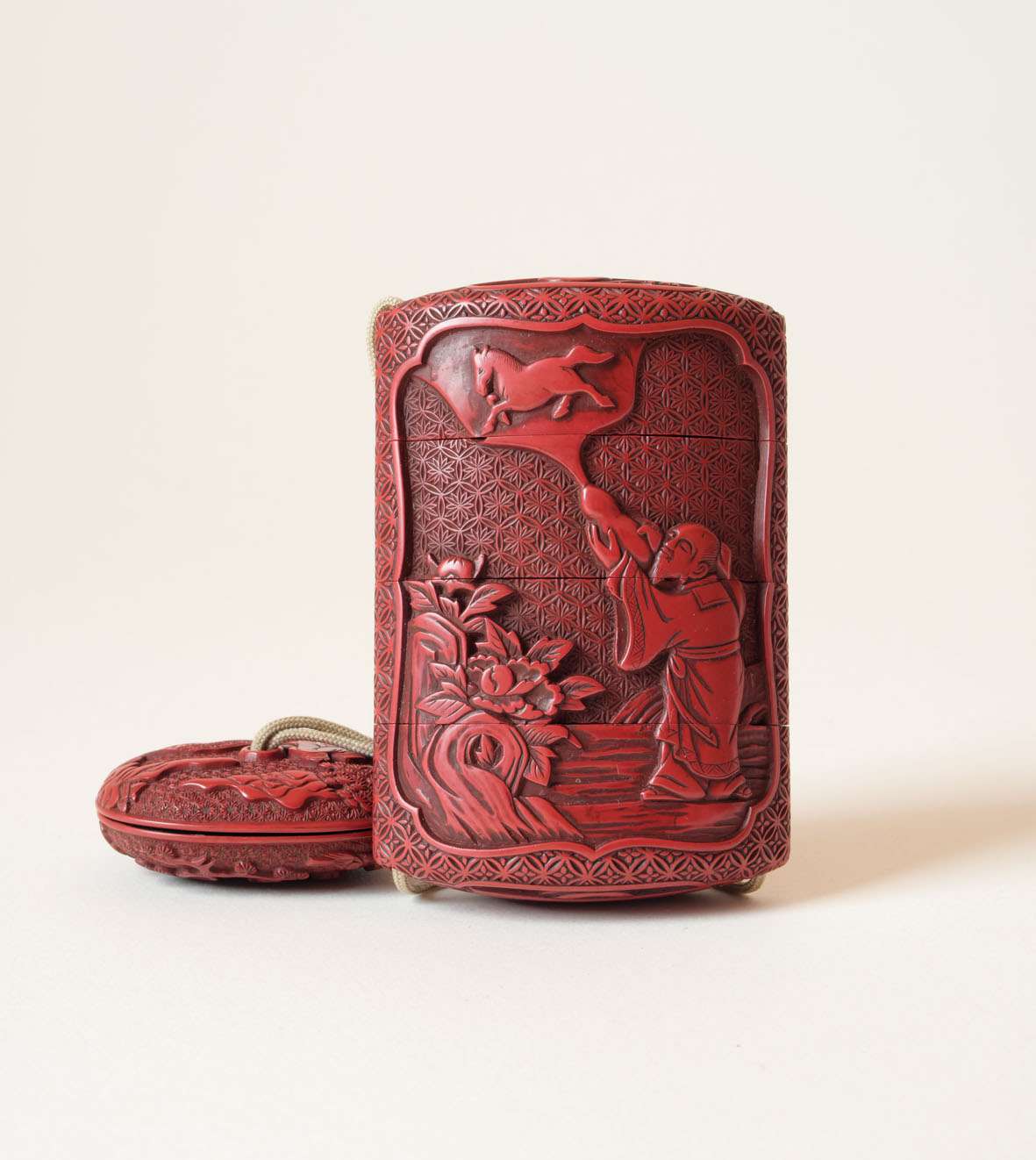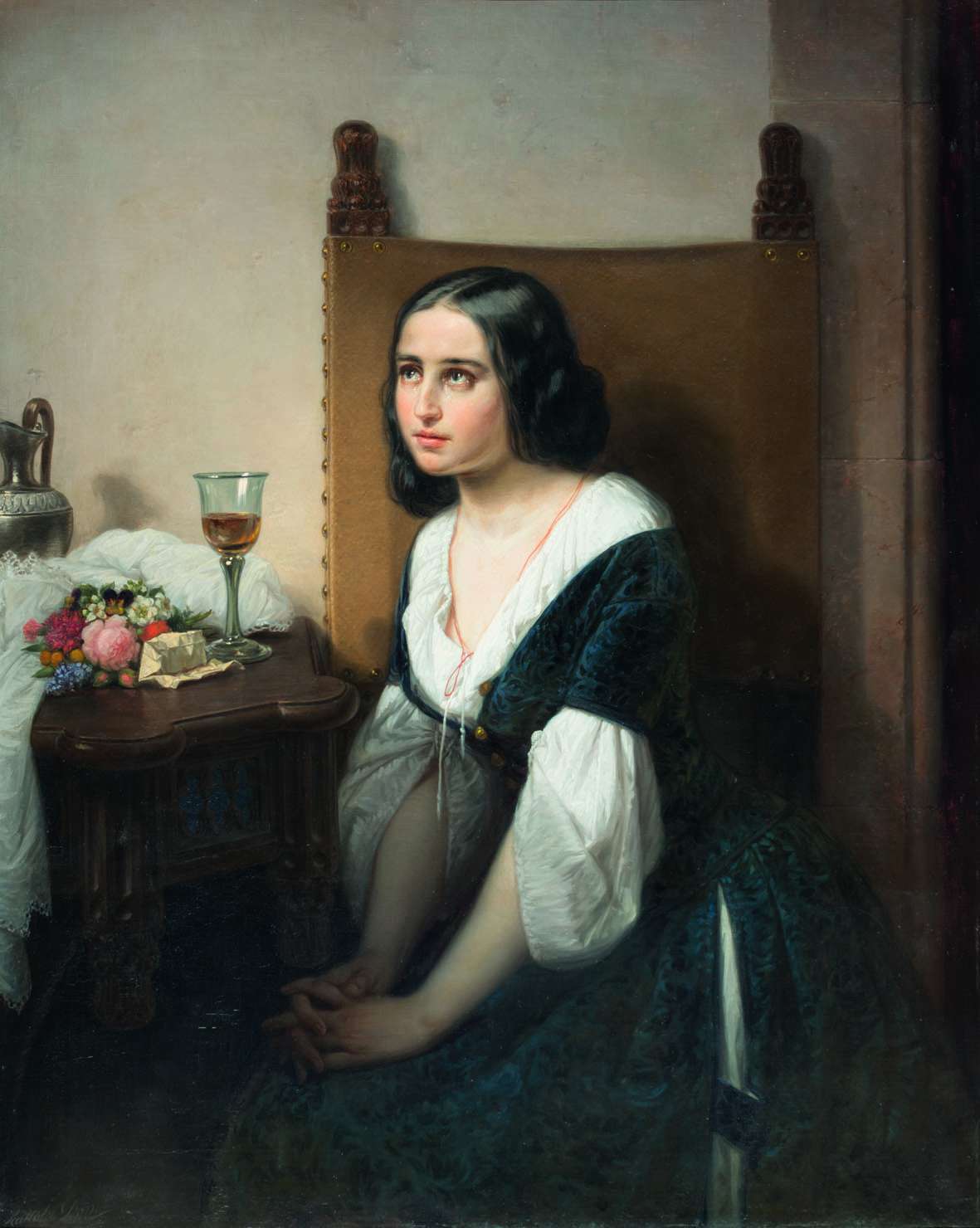The exhibition curated by Federica Gonzato and Chiara Beatrice Vicentini “POISONS AND MAGICAL POTIONS. Great stories of cures and crimes” will remain open until 29 March 2020, visitors who in Este will reach the Museo Nazionale Atestino, will thus discover that already in the Paleolithic, thousands of years ago, men knew how to look for substances useful for the best survival. We have to reach Paracelsus, therefore the early 500s, to define the concept of dosage, an element that can make a drug a poison or vice versa. And it's not a case if still today the symbol of pharmacists is the caduceus, a winged stick with two snakes, one representing the therapeutic dose, the second the toxic one, the poison.
For example, it turns out that the extensive use of ocher in the Paleolithic also depended on the antiseptic properties of that material. We come to know how already from the Paleolithic the toothache was cured with propolis. The first evidence of the use of opium in continental Europe dates back to the Neolithic.

The study of poisons from animal, vegetable and mineral sources can scientifically explain the birth of myths and legends in parallel. From the metallurgists of antiquity, subjected to the poisonous fumes emitted by smelting and perhaps for this reason deformed or visually impaired, to the myth of Medusa, to the witches of the medieval-modern age, who fed on flour from grasses infested by ergot, Claviceps purpurea, a mushroom rich in alkaloids with hallucinogenic effects (lysergic acid is a precursor of LSD). Intoxications mistaken for demonic possessions.
Great stories of cures, but also of crimes: it was the foxglove, which in modern times gave birth to heart medicines, which was fatal in 1329 in Cangrande della Scala (intentional crime or mistake in assuming a toxic substance?).

Extremely rare archaeological finds are exhibited together with historical packages of poisons and medicines; important paintings with images of magic flank historic posters advertising prodigious ointments and medicines.
Also editions and manuscripts dealing with a variety of closely related subjects: from magic, seen from different profiles, to the western esoteric, hermetic and alchemical doctrine, to the "lamiae" witches, feared creators of magic potions and, at the same time, victims of superstition and of the persecutions of the inquisition which availed itself of repressive compendiums and manuals also displayed in the exhibition.
Of particular importance is the section with materials from Japan which tell a similar story from a different point of view.

"Our goal is - the curators reiterate - to offer the public different perspectives and approaches to the fascinating world of poisons and the history of the pharmacopoeia, with reference to the various historical periods, from antiquity, along the Middle Ages and the Renaissance up to the present age , reconstructing the path of this fundamental aspect of social life through written sources, the visual arts, classical sources and modern literature, proposing demo-ethno-anthropological objects and references on display that are closely linked to the history of our daily life".
“Poisons and magical potions. Great stories of cures and crimes" with the patronage of the Veneto Region, makes use of the collaboration of: Cariparo Foundation, Accademia dei Concordi, Italian Academy of Pharmacy History, Ariostea Municipal Library of Ferrara, Ethnographic Study Center "Vittorino Vicentini", Cerato Collection , Municipality of Este, CariVerona Foundation, Galleria Franchetti at the Cà d'Oro – Venice, Department of Life Sciences and Biotechnology – Masters in Cosmetic Science and Technology University of Ferrara, Archaeological Museum of Venice, National Archaeological Museum of Adria, National Museum of Salce Treviso Collection, Oriental Museum of Venice, Civic Museums of Verona – Museum of Natural History and Castelvecchio, Civic Museums of Trieste – Winckelman Museum of Antiquities, University Library System of the University of Ferrara, University Museum System of the University of Ferrara , Superintendence of Archaeology, Fine Arts and Landscape for the provinces of Verona Rovigo Vicenza, Superintendence of Archeology, Fine Arts and Landscape for the Metropolitan Area of Venice and the Provinces of Belluno Padua and Treviso.






